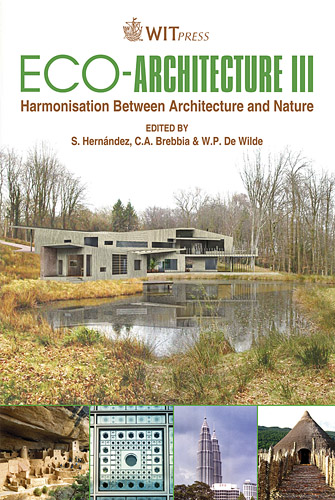REIs: Renewable Energy Infrastructures V1.0
Price
Free (open access)
Transaction
Volume
128
Pages
13
Page Range
587 - 599
Published
2010
Size
2,344 kb
Paper DOI
10.2495/ARC100501
Copyright
WIT Press
Author(s)
C. Ford
Abstract
If we recognize that architects have historically played a role as technological innovators, then we must also recognize that architects, like scientists, are engaged in a form of applied research. Our university-based team has applied design thinking skills to a problem that involves energy production, energy transmission, and urban living. We believe a Renewable Energy Infrastructure (REI) will solve this problem. A REI generates renewable energy megawatts (MW) at an industrial scale through the simultaneous harnessing of wind, solar, and geothermal resources, but within an integrated, holistic, and free-standing facility positioned in an urban environment. A REI is not a retrofit of a pre-existing architectural condition, but rather is conceived as a new typology to be owned and operated by an electrical utility. While current renewable energy technologies of industrial scale are typically located in rural areas, their greatest possible service to urban areas is limited due to measurable degradation rates along transmission lines and loss during step-downs at transformers. The anticipated impact of this REI effort is the strategic formation of a cross disciplinary, design-led research team that delivers a technically-plausible, costeffective option for reducing greenhouse gas emissions from public power districts. Through the agency of a REI in our urban fabric, we improve the efficiencies of existing electrical technologies, improve urban land use policy, and provide an ecologically-responsible alternative that can dovetail with, or ultimately succeed, prevailing methods of electrical production at industrial scales. We are finding our preliminary REI design (v1.0) from March 2009 to have the technological potential of generating 124 MW of renewable energy. Keywords: renewable energy, infrastructure, industrial-scale electrical energy production, urban land use policy, carbon emissions reduction, architect as technological innovator.
Keywords
renewable energy, infrastructure, industrial-scale electrical energy production, urban land use policy, carbon emissions reduction, architect as technological innovator





